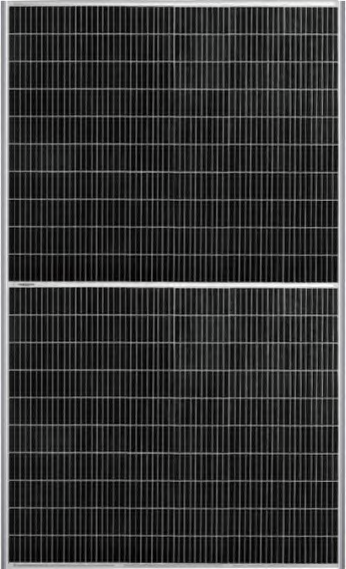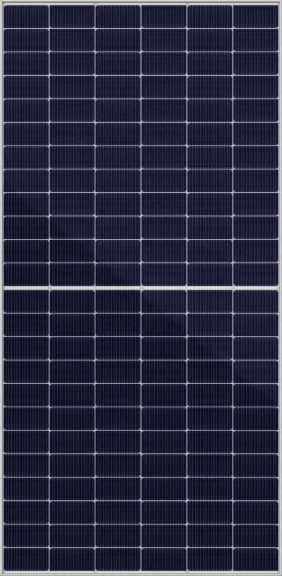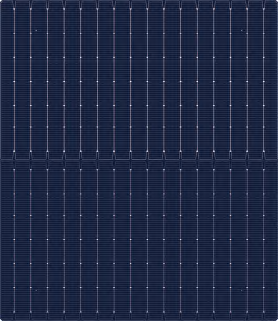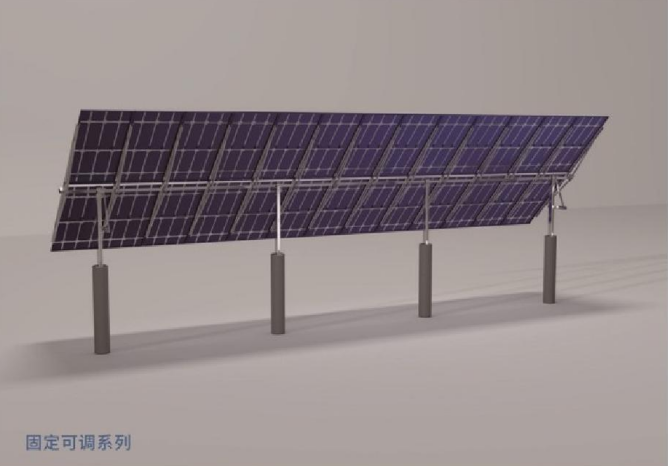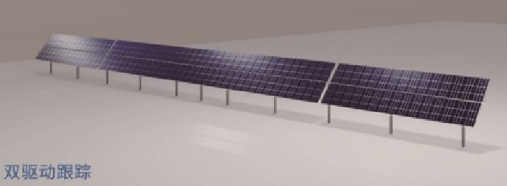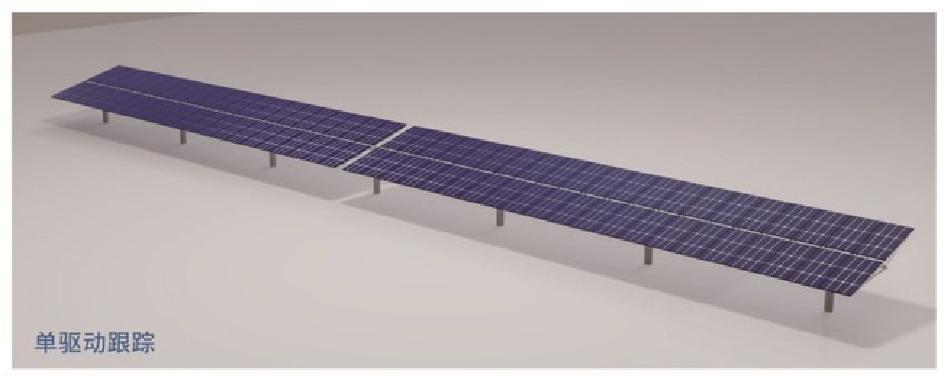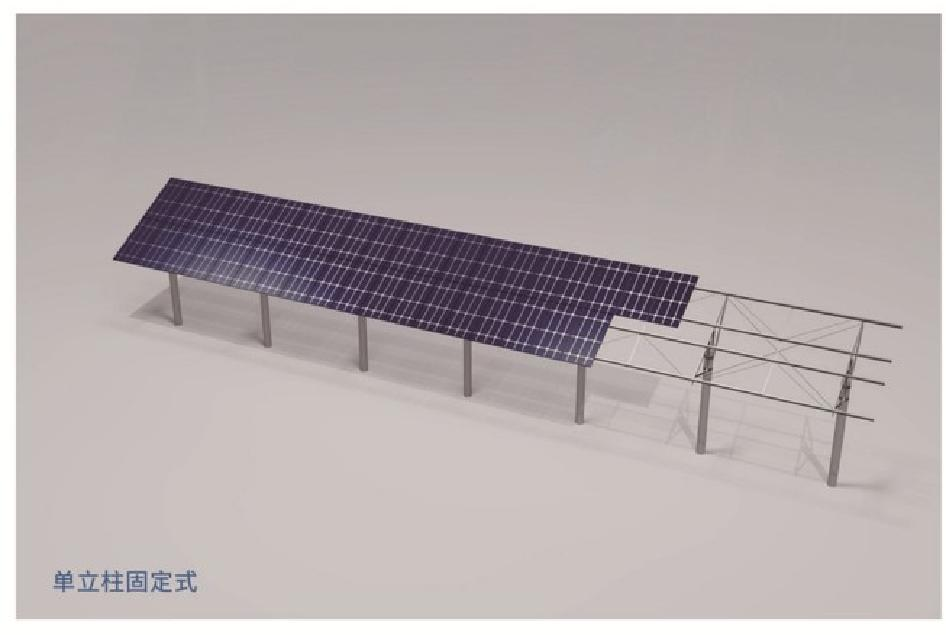Wedoany.com Report-Jan 10, Sweden added around 1 GW of solar in 2024, according to provisional figures from Swedish solar energy association Svensk Solenergi.
The figures are down on Sweden’s record year for solar in 2023, instead returning to a similar level seen in 2022. Last year’s additions are expected to take Sweden’s combined solar capacity to around 5 GW.
Svensk Solenergi said it expects around 470 MW of last year’s additional solar to come from the residential market, which currently accounts for about 60% of the country’s cumulative capacity. The commercial and industrial (C&I) segment accounted for around 400 MW of new solar in 2024, while the utility-scale market is expected to have added upwards of 100 MW.
The association is predicting the residential market share to decrease in the coming years following the Swedish government’s decision to withdraw and decrease existing support schemes, while the utility-scale segment is expected to increase as several projects under development are constructed.
Power purchase agreements (PPAs), which are the most common way to finance utility-sized projects in Sweden, could be a key market driver for the utility-scale segment.
“I would say that maybe 300 MW to 350 MW are already deployed with PPAs and at least 300 MW are under construction and more are planned,” Oskar Öhrman, technical manager at Svensk Solenergi, told pv magazine.
The expansion of Sweden’s energy storage market is also expected to drive future solar investments, Öhrman said. In October 2024, Sweden’s largest battery project to date, totaling 211 MW/211 MWh across 14 sites, came online.
Looking ahead, Öhrman said there is a need for better grid access in Sweden.
“There should be tougher requirements on distribution system operators (DSOs) to use flexibility as a way to release new grid capacity,” he added. “Also the DSOs should be much more transparent on information on grid capacity and also information about their grid connection procedures.”
Öhrman also suggested the removal of a tax on self-consumed electricity for solar plants above 500 MW, which he said “strongly inhibits the deployment on large roofs and constrains many installations to 499 MW”, as another regulatory change that could help the market.


